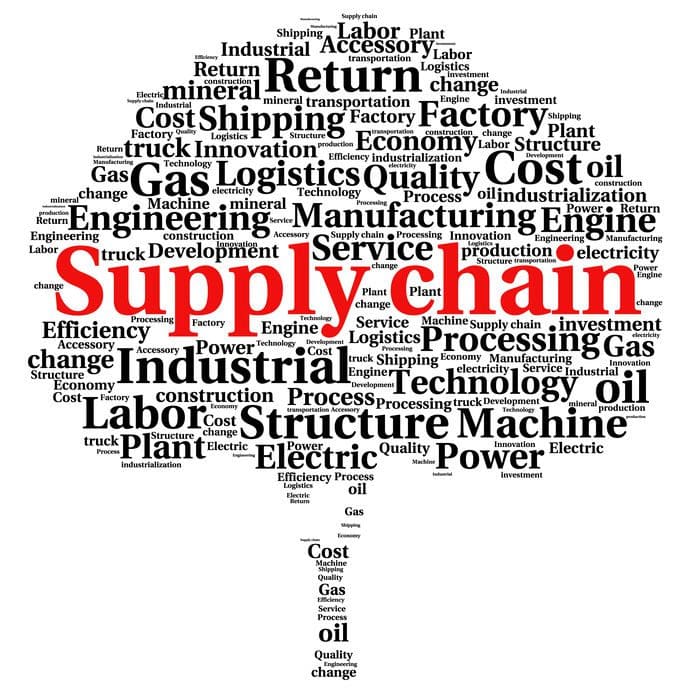Among the most important challenges being faced by the oil and gas industry nowadays is the growing complexity of their supply chains. This is due to the ever-growing consolidation of their networks alongside greater levels of dependence on 3rd parties all across their value chains.
All of these challenges have brought forward the ultimate nemesis for the oil and gas industry– the ever-increasing cost of service. The rising costs of expanding supply chains and its subsidiary inefficiencies in operations and back-office operations are to blame.
Thirdly, poor intra-company and cross-functional collaboration are bringing forward another challenge for oil and gas sustainability. This is due to the lack of supply chain integration and planning and of course, effective execution and flexibility in operations are out of the question. There are also no insights in real-time which can lead to complications in decision-making and collaboration.
How Technologies Counter the Increasing Cost of Service
1. Sustainable Cost Cutting
With technologies being employed for optimizing operations, finding new revenue models, and exploring collaborations in supply chains, some short-term cost-cutting initiatives are inevitable. Larger manufacturing footprints are being made possible despite staff reductions.
2. Vertical Integration and Consolidations
With the combination of engineering, software, and equipment, the service offerings by the oil and gas industry are unlocking significant values for customers. Some oil and gas companies can be seen developing a wider range of services with the help of mergers and partnerships while others have completely shifted their activities towards a completely in-house approach.
3. New Revenue Models
Due to the advancement in technology, newer revenue models can be seen emerging in the industry. These include contracts that are entirely performance-based and combine the efficiencies of services and equipment. While these technologies involve significant capital expenditures, they result in very stable income flows – which in turn allows oil and gas companies to practice flexibility.
4. New Service and Equipment Models
The sustained investment of oil and gas companies into new technologies has allowed them to capture new avenues of growth. This is especially the case when these companies focus on achieving their respective goals of efficiency. With this regard, there are some oil and gas companies out there that are redesigning their equipment in a manner that their new and modular designs are driving out all kinds of inefficiencies. As a result of this, these companies are experiencing as much as 15 to 30 percent in cost cuts and savings.
Will These Cost Cuts Be Sustainable in the Long Term?
A rule of thumb in determining whether cost cuts are sustainable in the long term can be found from the sources of costs. Oil and gas companies should know that:
- The savings from postponed activities are temporary.
- The savings from lower-priced services and goods are completely dependent on the oil market and oil price conditions.
- The elimination of specification changes and demands can have the potential to be sustainable and permanent.
Oil and gas operations are commonly found in remote locations far from company headquarters. Now, it's possible to monitor pump operations, collate and analyze seismic data, and track employees around the world from almost anywhere. Whether employees are in the office or in the field, the internet and related applications enable a greater multidirectional flow of information – and control – than ever before.











